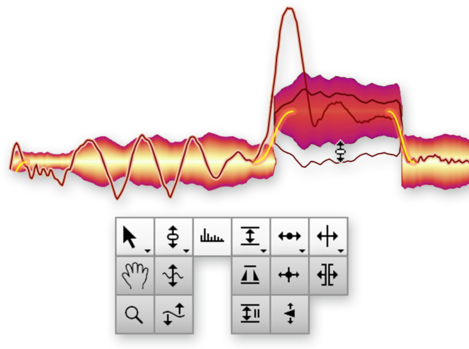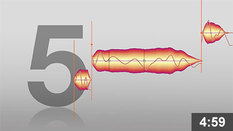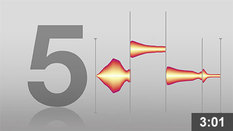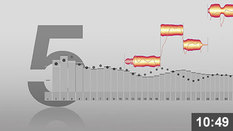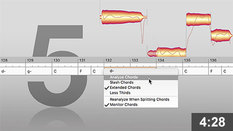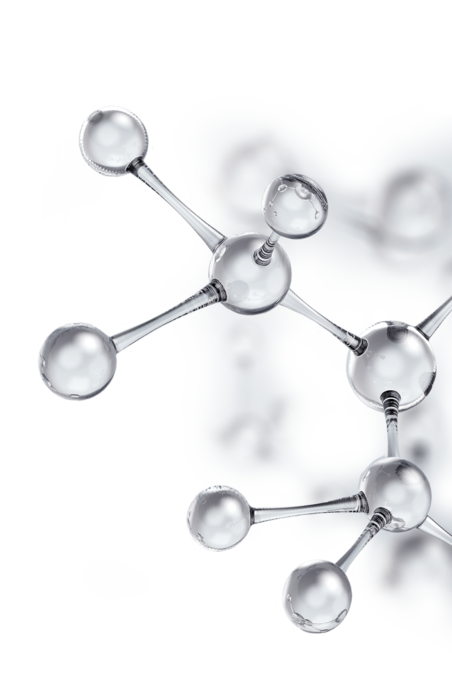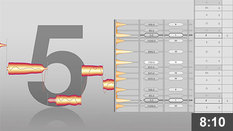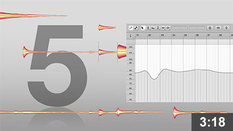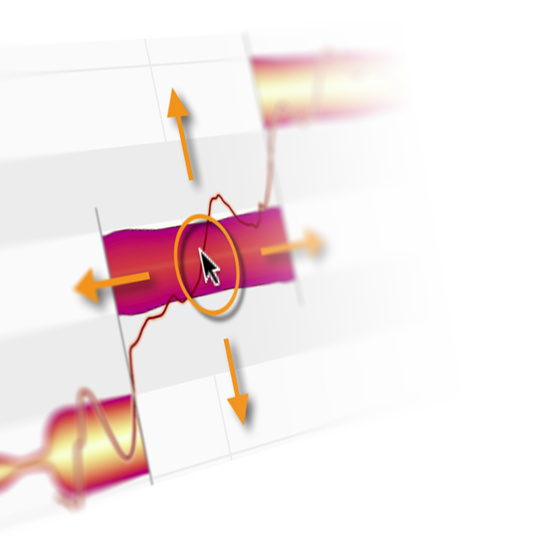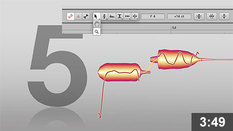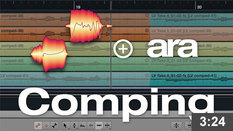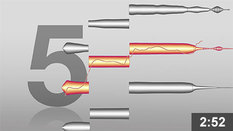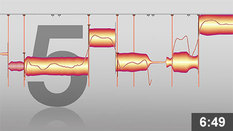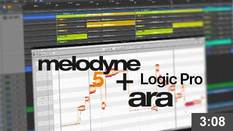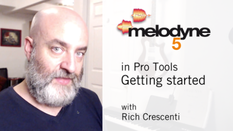The context is as important as the notes themselves.
Notes don’t exist in isolation. They combine to form melodies, harmonies, rhythms and tempos. Melodyne offers you the same power to reshape the musical context as the notes themselves. You can redraw vocal lines note by note, introduce melodic and rhythmic variations, add ornamentation, create vocal harmonies. And enjoy the same creative freedom with instruments of all kinds as well – even polyphonic ones.
Thanks to Melodyne’s Tempo Detection and Chord Track, you can adapt any library sample to your project in next to no time. Turning a short guitar riff into a song-length accompaniment that even adjusts automatically to tempo changes.
But it also works the other way round: you can take the scales, chords and tempos of a live recording as the basis for a new project, and make samples and other recordings added later adapt perfectly to the live recording.
And thanks to its detailed analysis of the sound, Melodyne knows the exact weight of each overtone of each individual note and is able therefore, through the Sound Editor in Melodyne 5 studio, to offer you an extraordinary degree of control over the timbre: imagine a graphic equalizer that let you govern the level not of individual frequency bands but of individual overtones. Or a macro with which you could emphasize certain vocal characteristics and tone down others. Or a type of morphing that allowed you to give one track the sound characteristics of another. A paradise for sophisticated sound design!













